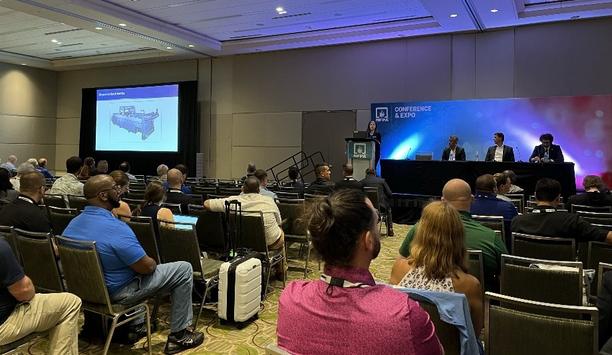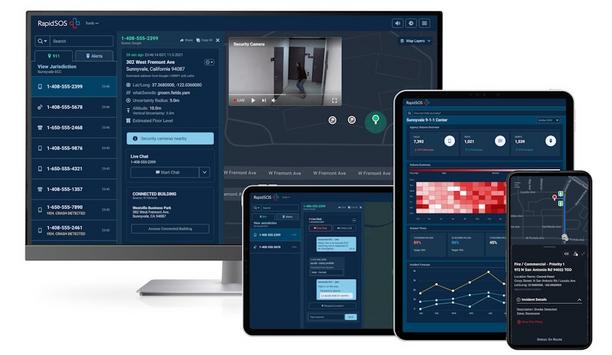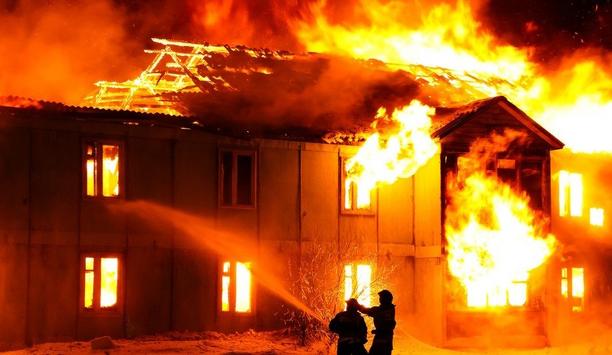The Phase 1 report of the Grenfell Tower Inquiry, released Oct. 30, examines events of 14 June, 2017, when 71 people were killed in a high-rise building fire at Grenfell Tower, a residential tower block in North Kensington, London. The report finds London Fire Brigade’s planning and preparation for such a fire was “gravely inadequate.”
The report reflects the first phase of the inquiry. Investigators will consider problems related to design, maintenance and renovation of Grenfell Tower in the second phase, as well as whether building and fire regulations were adequate and adhered to.
Report Suggests Lack Of Training
The report found that otherwise experienced incident commanders and senior officers attending the fire had received no training in the particular dangers associated with the building’s combustible cladding, even though some senior officers were aware of similar fires that had occurred in other countries.
Otherwise experienced incident commanders and senior officers attending the fire had received no training in the particular dangers
Although the London Fire Brigade purports to maintain an operational risk database (ORD) for buildings in London and has a risk assessment policy accessible by all operational firefighters at an incident, the database entry for Grenfell Tower contained almost no information of any use to an incident commander called to a fire. The database information was many years out of date and did not reflect the changes made by a building refurbishment.
“None of the firefighters or incident commanders on the ground seem to have been able to conceive of the possibility of a general failure of compartmentation or of a need for mass evacuation; they neither truly seized control of the situation nor were able to change strategy,” according to the report.
Evacuation Plans
The report continues: “National guidance requires fire and rescue services to draw up contingency evacuation plans for dealing with fires in high-rise buildings that spread beyond the compartment of origin causing a ‘stay put’ strategy to become untenable. They should understand, for any given high-rise building in their area, when a partial or full evacuation might become necessary and provide appropriate training to incident commanders.”
 |
| Friends and families still await justice for their loved ones following the report |
The public inquiry by Rt Hon Sir Martin Moore-Bick is being conducted in parallel to investigations by the Metropolitan Police Service (MPS) and Her Majesty’s Coroner for Inner London (West), Professor Fiona The decision to evacuate the building was delayed by almost an hourWilcox.
Once the Grenfell fire was out of control, the decision to evacuate the building was delayed by almost an hour, which resulted in additional fatalities. A decision should have been made to evacuate the tower between 1:30 and 1:50 a.m., according to the report. The “stay put” strategy was not questioned, even in response to early indications the building has suffered a “total failure of compartmentation.”
The "Stay Put" Recommendation
The ‘stay put’ recommendation was based on general wisdom that most fires are likely to be contained in small areas of a building and that anyone trying to escape is likely to run into dangerous flames, smoke-filled corridors, or to interfere with fire-fighting efforts. Obviously, it was bad advice in this case since the fast-moving fire rapidly spread and engulfed the entire building. Combustible panels on the exterior of the building accelerated the fire. The aluminium composite material (ACM) rainscreen panels with polyethylene cores acted as a source of fuel.
The ACM rainscreen panels with polyethylene cores acted as a source of fuel
There were serious deficiencies in command and control. Although additional resources arrived swiftly, some senior officers failed to give sufficient practical support or inform themselves quickly enough of conditions and operations within the building, according to the report.
Communication Strategies
Channels of communication between the control room and the incident ground were improvised, uncertain and prone to error. Control room operators did not therefore know enough about conditions in the tower or the progress of responses to individual fire survival guidance calls, so they lacked a sound basis for telling callers whether help was on its way.
In a statement in response to the Phase 1 report, the London Fire Commissioner Dany Cotton said: “We are disappointed at some of the criticism of individual staff members who were placed in completely unprecedented circumstances and faced the most unimaginable conditions while trying to save the lives of others.”
Furthermore, Matt Wrack, head of the Fire Brigades Union commented: “Nobody [has] explained how you would alert residents when there’s no common fire alarm system.” He also said the building was already a “death trap” when firefighters arrived.







































